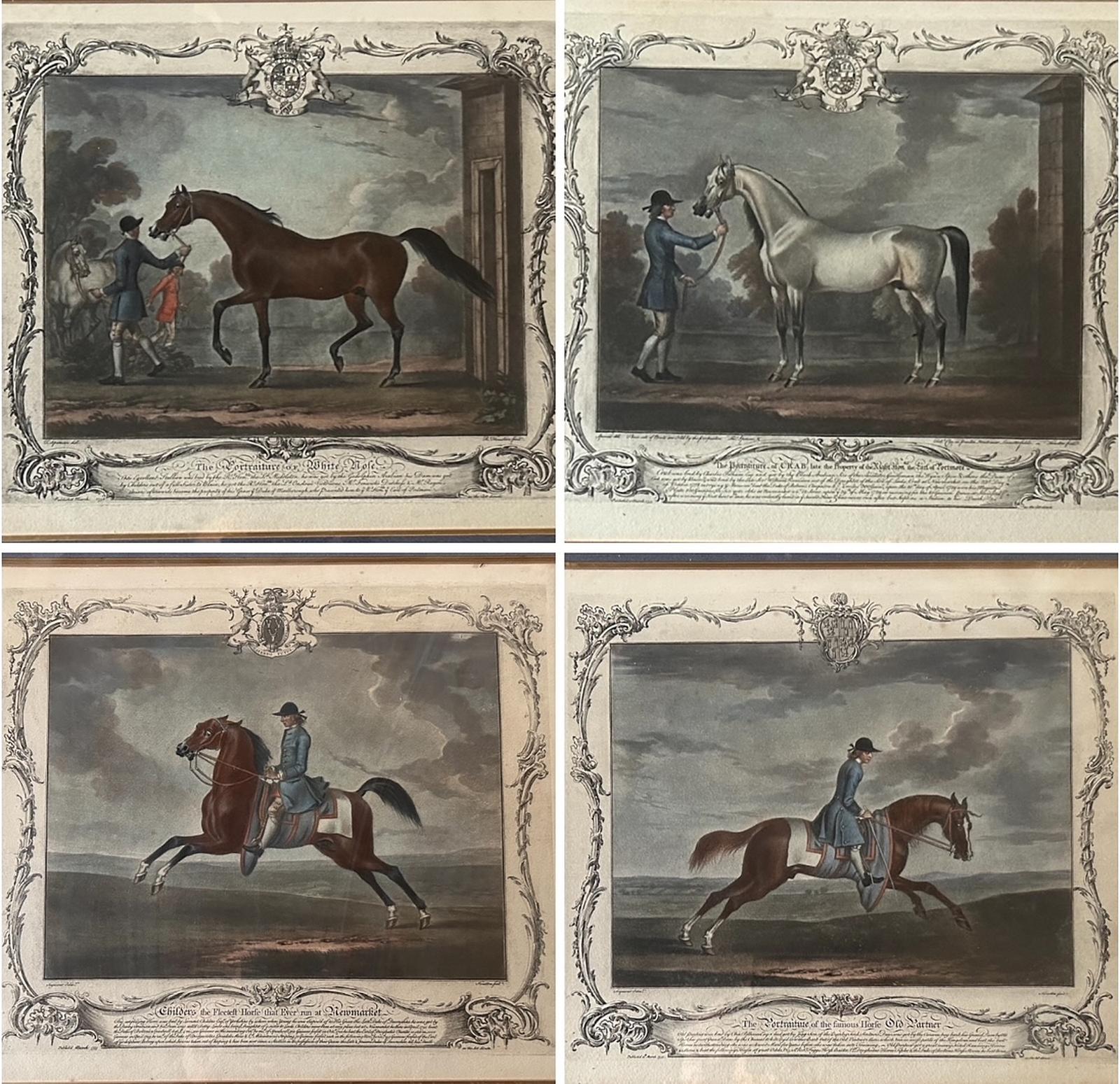We are primarily a web based business. We have high quality Furniture, Art and other Decorative items in two warehouses in Tetbury, Gloucestershire and Eves & Samuel, Lambourn Woodlands, Berkshire and a private collection London . We display the widest variety of antiques at all price levels, including Furniture , Paintings and other Decorative items. Not all our items are in one location, so please call or email to view (enquiries@marlboroughantiques.com) or from our Contact page to avoid disappointment. Please view our Terms and conditions if needed at http://www.marlboroughantiques.com/terms.php.
We are very happy to discuss with clients their needs and to provide a sourcing service. We can advise on the acquisition of pieces in all areas of the fine and decorative arts, assisting clients in their search for individual pieces or for a particular item. We can source and acquire all the relevant items on your behalf. If you have queries regarding this or any intended purchase please contact us. All items can be delivered either by postal service or by trusted and fully insured couriers; we use both for the UK market and for overseas delivery. Please inquire by email or phone to obtain a quote for delivery options. Items are described as Excellent - A1 Condition no faults, Very Good - very good condition with only very minor cosmetic issues if at all and consistent with age, Good - in good overall condition with some ageing, marks and wear consistent with age.
Directory and moreAll AntiquesFurnitureSilverArtJewellerySalvageClocksMirrorsChairsGlassCeramicsDirectory and moreBedsBookcasesCabinetsChairsChest of DrawersCupboardsDesksDressersDressing TablesSideboardsStoolsTablesWardrobesBasketsBowlsBoxesCandlesticksCard HoldersCoastersCoffee PotsCondimentsCutleryDecanter LabelsDishesSpoonsVasesCityscape ArtContemporary ArtDrawingsEaselsLandscape ArtMarinescape ArtMiniaturesOil PaintingsPastelPortraitsSeascape ArtStill LifeWatercoloursAntique Bracelets & BanglesBroochesCufflinksDiamond RingsEarringsEngagement & Wedding RingsJewellery BoxesLocketsNecklacesPendantsRingsSets - Demi ParureSolitaire RingsBathsChimneysColumnsDoor Handles / Door Stops / Door KnockersDoorsFireplacesFlooringIndustrial antiquesLocks / KeysReclaimed & Industrial LightingReclamationWindowsBracket ClocksCarriage ClocksClock SetsCuckoo ClocksDial ClocksFusee ClocksGrandfather ClocksLongcase ClocksMantel ClocksPocket WatchesSkeleton ClocksWall ClocksWatchesConvex MirrorsDressing MirrorsDressing Table MirrorsFrench MirrorsGilt MirrorsLarge MirrorsOval MirrorsOvermantle MirrorsPier MirrorsSwing MirrorsToilet MirrorsVictorian MirrorsWall MirrorsArmchairsClub ChairsCorner ChairsCountry ChairsDesk ChairsDining ChairsHall ChairsKitchen ChairsLibrary ChairsOffice ChairsPair of ChairsRocking ChairsWing ChairsAntique Drinking GlassesChampagne GlassesDecantersEpergnesGlass BowlsGlass CruetGlass DishesGlass InkwellGlass JugsGlass SculpturesGlass VasesScent BottlesTantalusAnimal FigurinesBlue and WhiteBowlsChargersChinaCoffee Pots & SetsDinner ServiceDishesFigurinesJugsTea Pots and SetsVases (Ceramic)Business DirectoryLoveAntiques DealersHome & LivingBlogMaterialsPeriodsArtisansOriginsGifts For HimGifts For Her
After James Seymour Four Highly Decorative Prints of 18th Century Racehorses
REF: LA525654
From:Marlborough Antiques & Interiors
After James Seymour Four Highly Decorative Prints of 18th Century Racehorses
REF: LA525654
From:Marlborough Antiques & Interiors

Sold
This item has been sold and is no longer available
Marlborough Antiques & Interiors
Marlborough Antiques & Interiors
After James Seymour Four Highly Decorative Prints of 18th Century Racehorses
REF: LA525654
From:Marlborough Antiques & Interiors
Sold
This item has been sold and is no longer available
After James Seymour Four Highly Decorative Prints of 18th Century Racehorses
REF: LA525654
From:Marlborough Antiques & Interiors